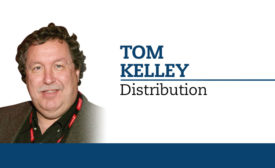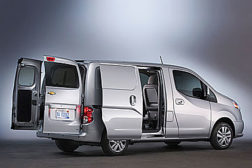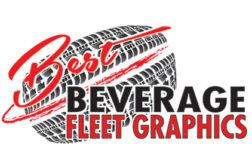ARTICLES
Beverage fleets should focus on tire wear and tear, fuel economy
Read More
Understanding the total costs of fleet ownership
Using similar comparisons important when evaluating beverage fleets
March 16, 2015
Changes within beverage fleets highlight importance of liftgate spec'ing and maintenance
Proper space allocation key for liftgate success
February 16, 2015
A look at the issues that could affect beverage fleets in 2020
Fuel, recycling and telematics will be key variables for this five-year outlook
January 16, 2015
The 2014 State of the Beverage Fleet Industry
End-load trucks favored over side-load equipment
December 16, 2014
Beverage Industry announces Best Fleet Graphics winner
Monarch Beverage Co. named best overall vehicle, fleet
October 10, 2014
Changing government regulations impact fleet operations
Government mandates add cost and uncertainty to fleet operations
September 15, 2014
Hybrid beverage fleets face challenges
Next-generation advancements stifled by policy
August 15, 2014
Maintenance plans help save time, money, injuries down the line
Effective procedures important for all employees
July 16, 2014
Elevate your expertise in the beverage marketplace with unparalleled insights and connections.
Join thousands of beverage professionals today. Shouldn’t you know what they know?
JOIN NOW!Copyright ©2025. All Rights Reserved BNP Media.
Design, CMS, Hosting & Web Development :: ePublishing




